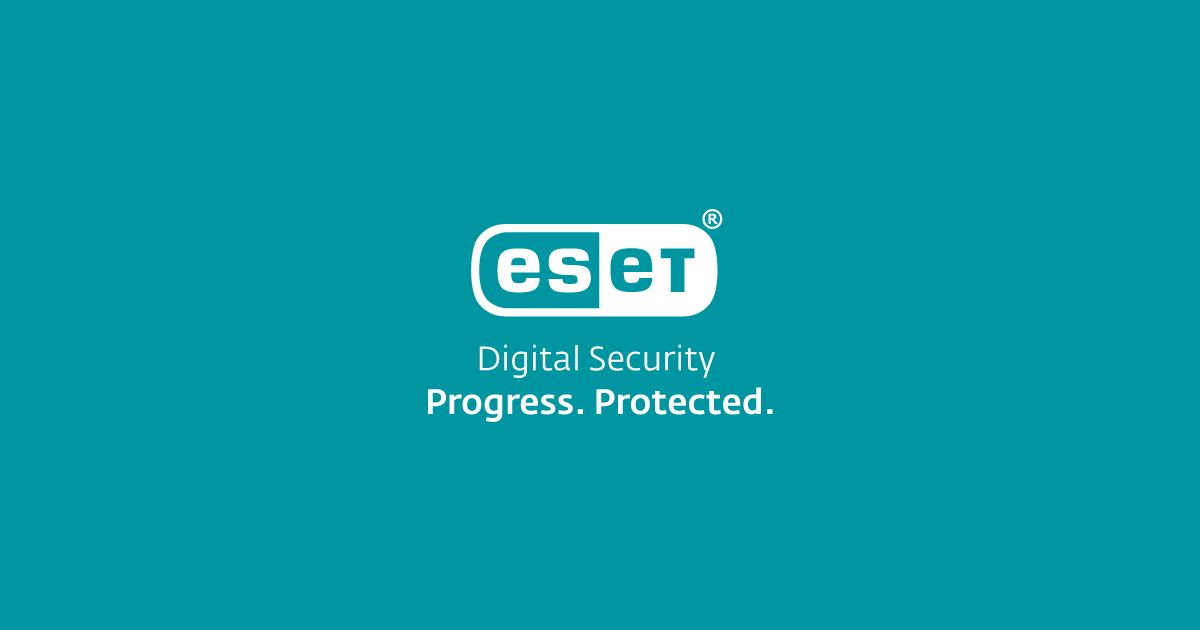avtella
Very Senior Member
I agree with L&LD, sequential performance will go up in RAID 0, but QD1 performance would stay the same or take a small hit in many cases, QD1 performance is what mainly gives you the perceptance of faster app/program loading and responsiveness. Not only that, you are adding more risk for failure, not as bad with current SSDs these days I suppose.
SSDs have an innate reserve space/provisioning of around 6.8-7% for garbage collection etc, with enterprise drives having upwards of about 15-20% of NAND as reserve space. If you ignore the empty drive tests, and look at testing at 1/2 or greater filled capacity testing Samsung drives generally perform best vs competitors as the drives fill to max, with Silicon Motion controller based drives like the HPEX950, Intel 760 and others being pretty terrible (relatively) without additional user assigned OP. You don't necessarily need to format to lower capacity though because any unused space is used as over provisioning by the controller anyway.
Best bet cost effectiveness perspective would be to buy a Phison E12 controller based SSD like the Inland Premium drives (I've seen for as low as $100-110 for 1TB) (MicroCenter Brand) or Sabrent drives, fairly cheap but good performance. I would avoid the Intel 760p nvme drives as they are overpriced and use the Silicon Motion controllers. Also I'd skip the Intel 660/665P series as they use QLC NAND that drops to like 100 MB/s on sustained writes if doing very large transfers, yet still priced like better TLC NAND drives so not a good value. As for WD nvme drives I do recall they had sleep state issues causing high power draw, not sure if that's been fixed.
SSDs have an innate reserve space/provisioning of around 6.8-7% for garbage collection etc, with enterprise drives having upwards of about 15-20% of NAND as reserve space. If you ignore the empty drive tests, and look at testing at 1/2 or greater filled capacity testing Samsung drives generally perform best vs competitors as the drives fill to max, with Silicon Motion controller based drives like the HPEX950, Intel 760 and others being pretty terrible (relatively) without additional user assigned OP. You don't necessarily need to format to lower capacity though because any unused space is used as over provisioning by the controller anyway.
Best bet cost effectiveness perspective would be to buy a Phison E12 controller based SSD like the Inland Premium drives (I've seen for as low as $100-110 for 1TB) (MicroCenter Brand) or Sabrent drives, fairly cheap but good performance. I would avoid the Intel 760p nvme drives as they are overpriced and use the Silicon Motion controllers. Also I'd skip the Intel 660/665P series as they use QLC NAND that drops to like 100 MB/s on sustained writes if doing very large transfers, yet still priced like better TLC NAND drives so not a good value. As for WD nvme drives I do recall they had sleep state issues causing high power draw, not sure if that's been fixed.
Last edited:


